Focusing
around the Corner
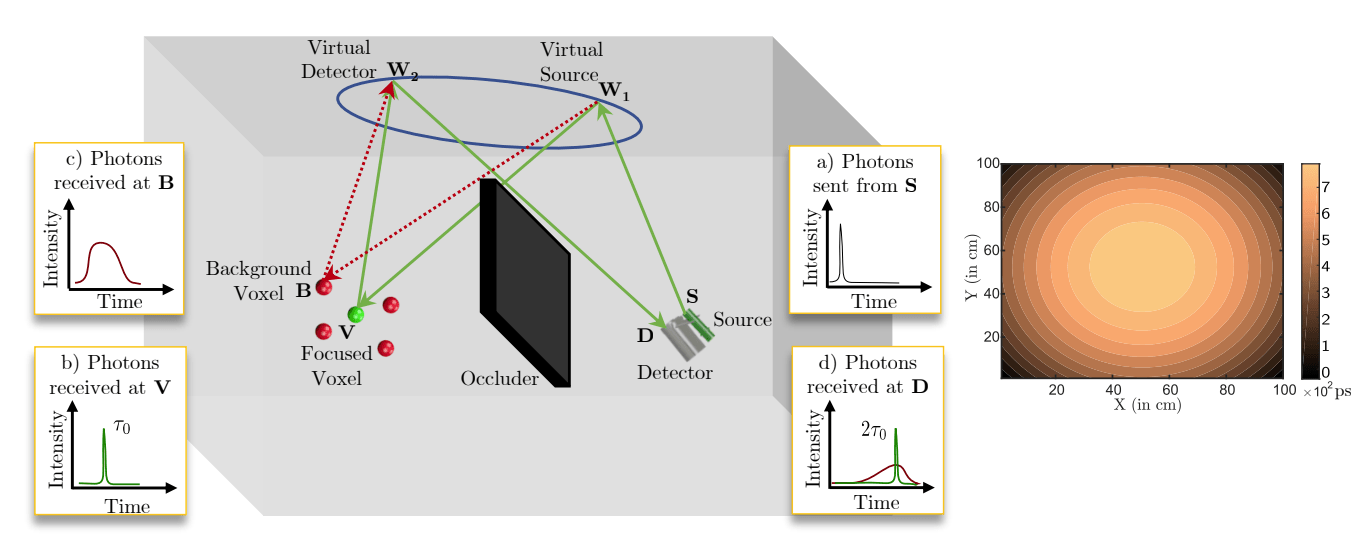
Can we look around the corner?
Over the last decade, several techniques have been developed for looking around the corner by exploiting the round-trip travel time of photons. Typically, these techniques necessitate the collection of a large number of measurements with varying virtual source and virtual detector locations. This data is then processed by a reconstruction algorithm to estimate the hidden scene. As a consequence, even when the region of interest in the hidden volume is small and limited, the acquisition time needed is large as the entire dataset has to be acquired and then processed
SNLOS: Non-line-of-sight Scanning through Temporal Focusing
We present the first example of scanning based non-line-of-sight imaging technique. The key idea is that if the virtual sources (pulsed sources) on the wall are delayed using a quadratic delay profile (much like the quadratic phase of a focusing lens), then these pulses arrive at the same instant at a single point in the hidden volume – the point being scanned. On the imaging side, applying quadratic delays to the virtual detectors before integration on a single gated detector allows us to ‘focus’ and scan each point in the hidden volume. By changing the quadratic delay profiles, we can focus light at different points in the hidden volume. This provides the first example of scanning based non-line-of-sight imaging, allowing us to focus our measurements only in the region of interest. We derive the theoretical underpinnings of ‘temporal focusing’, show compelling simulations of performance analysis, build a hardware prototype system and demonstrate real results.
Imaging around the Corner
More Info
Non-line-of-sight imaging (NLOS) refers to the reconstruction of texture and geometry of objects hidden by occluding surfaces from both the source and the detector. Imaging around the corner is one such problem.
Temporal Focusing
More Info
To achieve this NLOS scanning, we propose to focus the contribution from the voxel of interest into a particular time instant, i.e., the total path length of every three-bounce light path that involves the voxel of interest remains fixed by design.
Scanning-based NLOS Imaging
More Info
There are two potential advantages to developing a scanning-based framework. Firstly, measurements can be restricted to the region or regions-of-interest, within the hidden volume. Secondly, by performing temporal focusing, it might be possible to reduce the effect of clutter, noise, and background in the measurements.
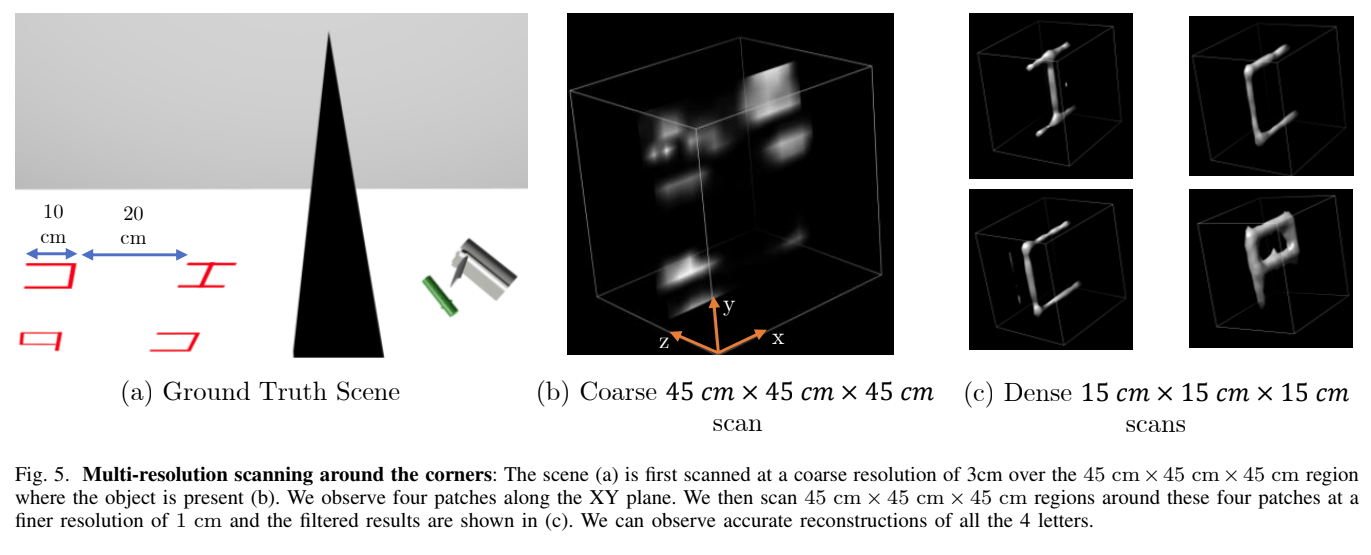

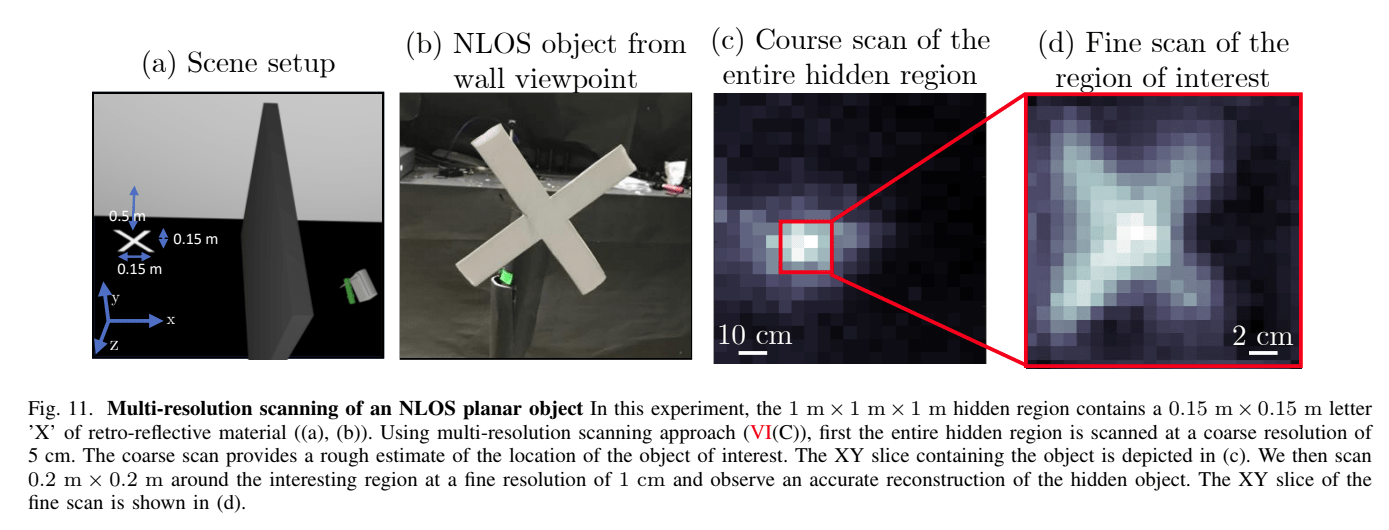
People
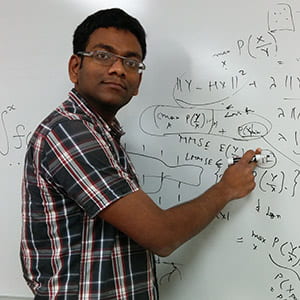
Adithya Pediredla
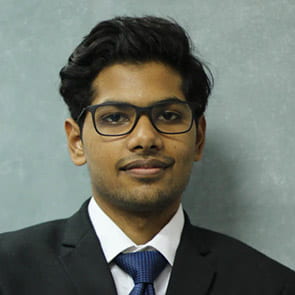
Akshat Dave
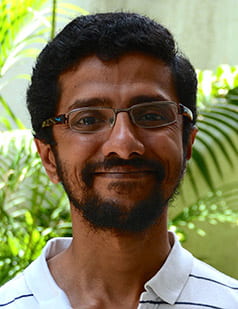
Ashok Veeraraghavan
